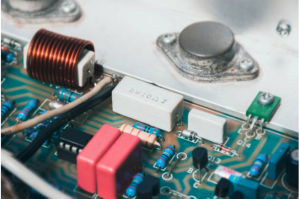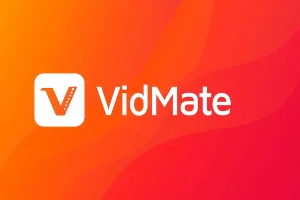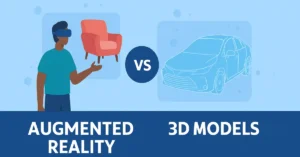The Best Techniques for Selecting Reliable Dropshipping Fulfillment Companies
As the e-commerce sector grows, more B2B companies continue to utilize dropshipping as a means to simplify workflows, reduce stocking costs, and offer more products at a lower cost. The most challenging part is finding good-quality dropshipping suppliers with reliable service, scalability, and consistent quality. For companies in charge of online retail, finding reputable dropshipping […]










